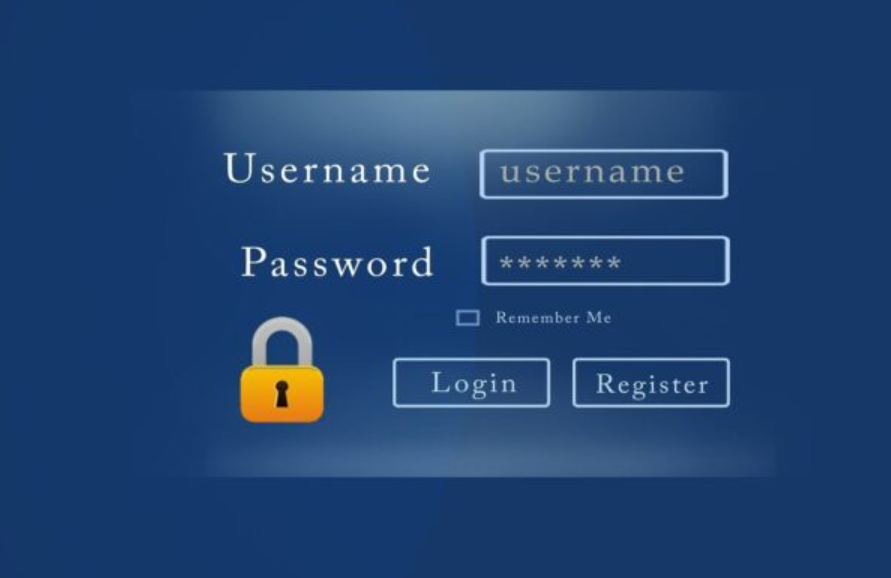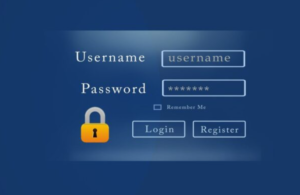Exploring Blockchain-Based Voting Systems
Voting is fundamental to democracy, allowing citizens to have a voice in choosing their representatives and leaders. However, current systems have flaws that can undermine the integrity and security of elections. Manual paper-based voting can be prone to human error and makes auditing difficult. Electronic voting machines are vulnerable to hacking and malfunctions that can alter vote counts. Mail-in ballots raise concerns about verification and timely counting. This has led some to question whether election outcomes fully and accurately reflect the will of voters. Blockchain technology offers a potential solution to improve this.
What is Blockchain Technology?
A blockchain is a distributed database that maintains a continuously growing list of records called blocks. Each block contains a timestamp and a link to the previous block, creating a chain of blocks that provides a verifiable, permanent record of all transactions that have occurred.
Blockchains are managed by a peer-to-peer network collectively adhering to protocols for validating new blocks. Once recorded, the data in a block cannot be altered retroactively without altering all subsequent blocks, which requires consensus of the network majority.
Cryptography like hashing and digital signatures enables security and validity in blockchains. New blocks are cryptographically secured using complex mathematical puzzles that are difficult and resource-intensive to solve, but easy for others to verify. Digital signatures ensure the authenticity that a transaction was created by the claimed sender.
By design, blockchains are decentralized, with no single central authority controlling the data. The network of nodes collectively validates transactions and adds new blocks through a consensus mechanism. This open participation makes censorship of transactions difficult. It also provides transparency, as the record of transactions is public for anyone to inspect and audit.
Applying Blockchain Tech to Voting
Several startups and open-source projects have emerged to use blockchain ledgers as the foundation for electronic voting systems. The premise is that math-based consensus protocols used in blockchain networks could enable tamper-evident, transparent vote recording and tabulation.
Some potential benefits over current methods:
- Decentralization – Blockchains have no central point of failure and make vote manipulation very difficult.
- Immutability – Cryptographically-secured records of votes make it nearly impossible to tamper with results.
- Transparency – All participants in a blockchain network can verify voting transactions and totals.
- Accessibility – Blockchain voting could enable remote participation via any internet-connected device.
- Efficiency – Cryptographic verification of voters and votes could streamline the voting process.

Blockchain technology offers a potential solution to improve voting. Votes could be recorded on a blockchain, which makes it practically impossible to alter votes once recorded. This enhances security and trust in the accuracy of the results. Blockchain also enables transparency, allowing votes to be anonymously viewed and counted by all participating nodes on the network. This verifiability makes auditing and recounting more reliable.
By using unique digital identities tied to each voter, blockchain can prevent double voting or fake registrations. Votes could be traced to verified voters while keeping their choices private. Blockchain ballots could be automatically tallied, reducing human error in counting. Decentralization avoids a central point of failure, making the system resilient to attacks or manipulation. Smart contracts could automate vote tallying and verification according to predefined rules in a transparent manner. However, significant barriers must be addressed before blockchain-based voting can be implemented at scale.
Hurdles to Adoption
On the technical side, one challenge is developing user-friendly interfaces for voters of all ages and backgrounds to cast blockchain ballots through digital devices or machines. The back-end architecture also needs to handle national or state-wide volumes of votes while maintaining high speeds, reliability and security.
Strict identity verification procedures are essential to prevent fraud, but implementing digital ID systems raises privacy concerns that must be handled transparently. Extensive testing is required to audit blockchain voting protocols and systems for vulnerabilities that could compromise election integrity.
On the regulatory front, many local, state, and federal laws currently do not accommodate technologies like blockchain. Election policies and procedures will need to be updated to enable pilot programs and certification of blockchain systems. Jurisdictions may be hesitant to be early adopters.
Navigating issues around voter roll management, ballot access, voting machine certification, tabulation procedures, auditing practices, and anti-tampering protections requires strong partnerships between technologists, election commissions, lawmakers, and voters. Public trust in the transparency and security of the process will be crucial.
Ongoing Exploration
Several private companies and governments are actively researching, developing, and testing blockchain voting to address some of these challenges. More options may emerge in the coming years. But for now, blockchain looks to make a bigger immediate impact in other industries.
When the foundational issues of security, verifiability, and ease of use are fully addressed, blockchain technology could potentially transform voting. Blockchain voting could be a breakthrough innovation for the critical process of citizen voting in free societies and rewrite society’s rules for trusted collaboration.







Post Comment